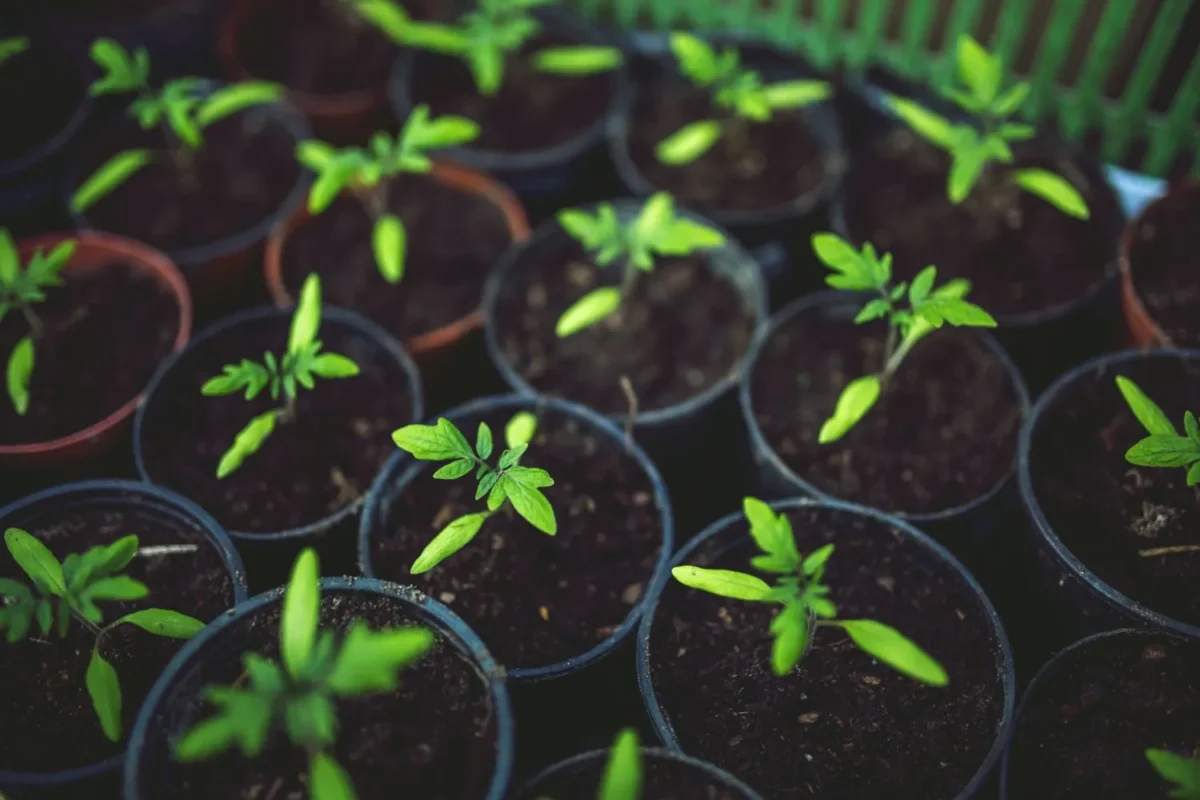Propagation Media
What Growing Media should I Use For Plastic Pots?
For plastic pots, which are widely used due to their durability, light weight, and affordability, the choice of growing media largely depends on the plants you’re growing and their specific needs. Plastic pots do not offer the same level of aeration and drainage as fabric pots or terracotta pots, so selecting a growing medium that ensures good drainage and prevents waterlogging is crucial. Here are some of the best options:
-
Potting Soil Mixes: A high-quality potting soil mix is versatile and suitable for a wide range of plants in plastic pots. These mixes typically contain a blend of peat moss or coco coir for moisture retention, perlite or vermiculite for aeration, and organic matter like compost for nutrients. Some potting mixes are specially formulated for specific types of plants, such as succulents, orchids, or acid-loving plants, and can provide an ideal growing environment.
-
Coco Coir: Coco coir is a sustainable, peat-free option that has excellent water retention and aeration properties. It’s particularly good for plastic pots as it helps to maintain moisture while also providing good air flow to the roots. Mixing coco coir with perlite or vermiculite can enhance its drainage capabilities.
-
Perlite and Vermiculite: Adding perlite to your growing medium can improve drainage and aeration, making it a good addition to mixes used in plastic pots. Vermiculite, which retains more water, can be mixed in to increase the water-holding capacity of the growing medium, which is useful for plants that prefer a more consistently moist environment.
-
Succulent and Cactus Mix: For succulents, cacti, and other plants that prefer dry conditions, use a specially formulated succulent and cactus mix. These mixes typically contain a higher proportion of sand, perlite, and/or gravel to ensure fast drainage and prevent root rot.
-
Orchid Mix: Orchids require a very airy medium with excellent drainage, as their roots are prone to rot if kept too wet. Orchid mixes often contain bark, perlite, and charcoal to provide the right balance of moisture and aeration.
-
Custom Blends: You can create your own custom blend to meet the specific needs of your plants. A common recipe is to mix two parts peat moss or coco coir, one part perlite, and one part compost or worm castings. Adjust the proportions based on whether your plants prefer drier or more moist conditions.
When using plastic pots, it’s important to monitor watering closely since these pots do not breathe like fabric or terracotta, potentially leading to water retention and, subsequently, root issues if the growing medium does not drain well. Ensure that your plastic pots have adequate drainage holes and consider placing a layer of gravel or broken pottery pieces at the bottom to improve drainage further. Additionally, be mindful of the weight of the growing medium, especially for larger pots, as wet soil can become quite heavy.

